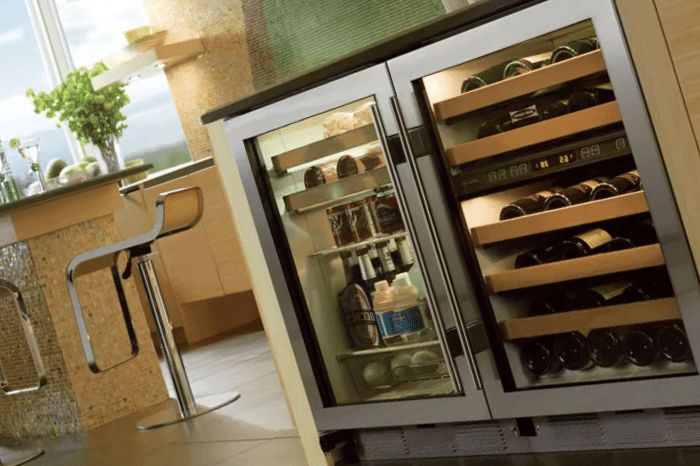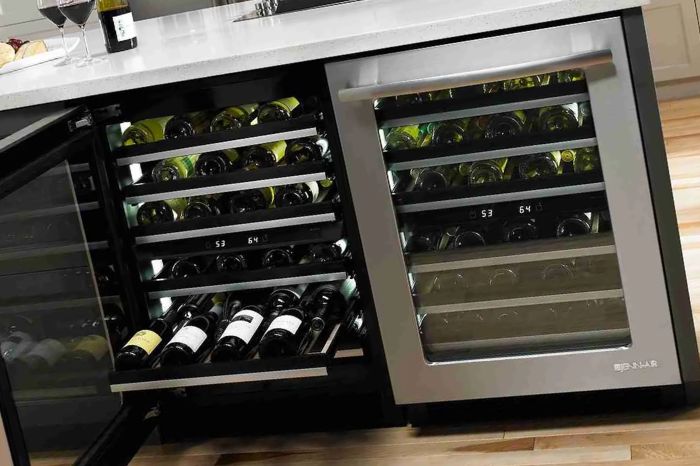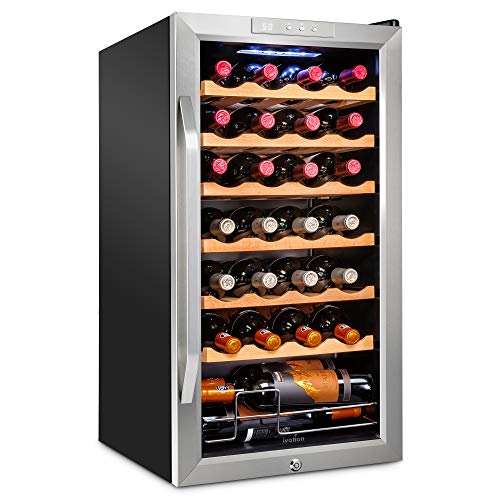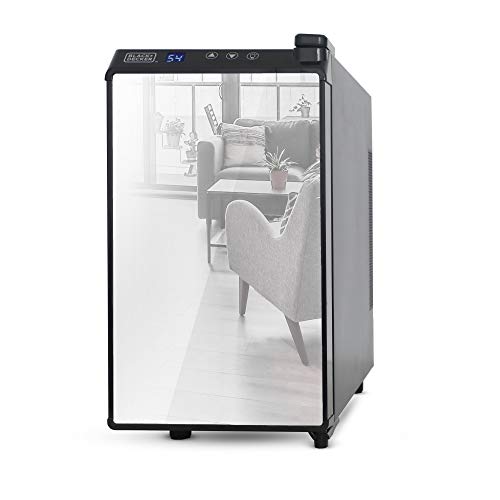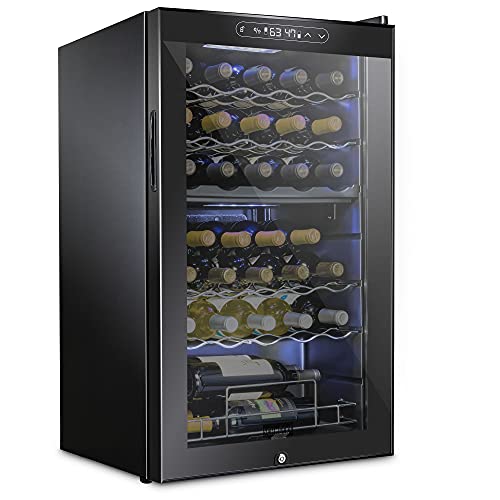How to Fix Wine Cooler Not Cooling
Wine coolers are undoubtedly a valuable investment for wine enthusiasts who want to protect their precious collection. With proper temperature control and a maintained humidity level, wine ages gracefully, and its true aroma and flavor can shine through. Unfortunately, it is not uncommon for wine coolers to experience cooling issues for a whole host of reasons. When a wine cooler is not cooling as it should, it’s no longer serving its purpose and could compromise the quality of the wine stored.
In this definitive guide, we’ll reveal time-tested tips for fixing wine coolers that refuse to cool effectively. We will show you how to diagnose frequent cooling problems, express easy-to-follow instructions on how to clean a wine cooler thoroughly, and lay out an energy-efficient solution for maximum performance. Your wine collection deserves the best care possible, and this guide will not only help you troubleshoot cooling problems but will also provide insights into how to upgrade your wine cooler for exceptionally maintained wine quality.
What are the Common Issues with Wine Coolers Not Cooling Properly?
A wine cooler that is not cooling properly may have one or more underlying problems. Some common issues include a faulty thermostat, fan motor, compressor, or refrigerant leaks. Let’s take a closer look at these problems.
The thermostat is the component in a wine cooler that controls the temperature. If it’s faulty, it may not be able to maintain the temperature set on the wine cooler’s display. This issue can be diagnosed by checking if the wine cooler has power and is set to the right temperature. If it’s not the issue, you can test the thermostat by using a multimeter – a device to measure electrical current – to check the thermostat’s continuity. If it’s faulty, replace the thermostat.
The fan motor is another component in a wine cooler that helps to maintain the temperature by circulating air. If the fan motor isn’t working as it should, the wine cooler could overheat. One way to diagnose a faulty fan motor is to listen for any noise when the door is closed. The lack of noise is an indication that the motor has stopped working. Clean the fan motor and ensure that the blades are not obstructed by debris. If it still doesn’t work after cleaning, replace the motor.
A faulty compressor can also hinder the wine cooler’s cooling ability. The compressor is responsible for compressing refrigerant gas to cool the wine cooler. A telltale sign of compressor problems is a humming noise accompanied by the inability to cool. A compressor that isn’t working correctly could also lead to inadequate cooling. If the compressor isn’t working, you’ll need to replace it.
How to Troubleshoot a Wine Cooler That isn’t Cooling Properly
Cleaning the Wine Cooler
Before going into advanced troubleshooting, it’s crucial that you start by cleaning the wine cooler. Over time, dust, dirt, and debris can accumulate in the wine cooler’s vents, affecting the cooler’s cooling abilities.
To clean the wine cooler:
- Switch off and unplug the wine cooler from the power source.
- Empty the wine bottles from the cooler.
- Remove the shelves from the cooler.
- Gently brush or vacuum acorn, dust, or debris from the cooler’s interior.
- Clean the shelves with warm water and soap. Rinse and dry the shelves thoroughly.
- Wipe the wine cooler’s interior surfaces with a soft cloth dipped in a solution of warm water and dish detergent.
- Rinse the surfaces with another cloth dipped in warm water.
- Leave the cooler to dry completely before replacing the shelves and reloading it with the wine bottles.
Checking the Door Seals
The door seal is another component that can affect the wine cooler’s cooling efficiency. Leaking door seals allow cold air to escape, and warm air to enter, leading to inadequate cooling.
To check the door seal:
- Close the door and hold a piece of paper tightly against the seal.
- Pull the paper out gently.
- If the paper slides out easily, it’s an indication that the door seal is loose and needs to be tightened or replaced.
Replacing the Refrigerant
The refrigerant plays a crucial role in the wine cooler’s cooling abilities. A decreased refrigerant level can lead to a wine cooler that isn’t cooling properly. If you’ve tried cleaning the wine cooler and checking the door seals without improvement, you might want to consider replacing the refrigerant.
However, This is a delicate task that requires professional assistance from a technician with experience in refrigeration systems. So it’s best to contact a refrigeration technician instead of DIY solutions.
How to Purchase an Energy-Efficient Replacement Wine Cooler for Optimal Cooling Performance
If your wine cooler is beyond repair, it’s time to purchase a new one. When choosing a replacement wine cooler, it’s essential to consider energy efficiency. Energy-efficient wine coolers keep your wine cool while also reducing your energy bills. Here are some things to consider when purchasing an energy-efficient replacement wine cooler:
Size: Choose a cooler that is the right size for your needs. If you have a large wine collection, choose a cooler that can accommodate all your wine and still have little room for growth.
Energy Star Rating: Look for energy star ratings when shopping for a wine cooler. Energy star-rated coolers are certified to be energy efficient and consume less energy.
Insulation: Choose a cooler with good insulation. The better the insulation, the less energy the cooler will need to maintain the right temperature.
Cooling system type: There are two types of cooling systems – compressor and thermoelectric. Compressor systems are more energy-efficient, but they can be noisy. Thermoelectric systems are quieter but consume more energy.
Conclusion
To sump, wine coolers are an important appliance for wine lovers, but they can encounter issues that affect their cooling performance. If you notice your wine cooler isn’t cooling properly, you can diagnose the problem by checking the thermostat, fan motor, and compressor. Troubleshooting includes cleaning the cooler, regulating the temperature, checking the door seal, and removing obstructions. When purchasing an energy-efficient replacement wine cooler, consider its size, energy star rating, insulation, and cooling system type. By following these tips, you can ensure optimal cooling performance and enjoy your wine at the right temperature.

